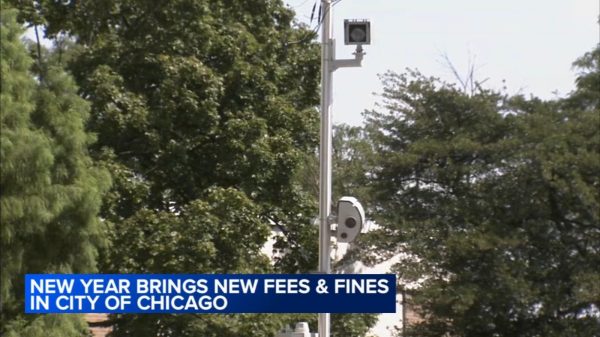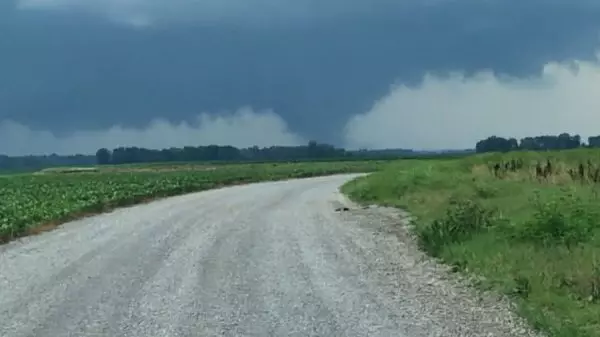
After a five-year battle, officials announce the elimination of murder hornets from American soil
In a groundbreaking achievement for environmental conservation, U.S. officials have declared the successful eradication of the northern giant hornet—popularly known as the “murder hornets”—from American territory. The announcement comes five years after the world’s largest hornet species was first detected in Washington State, marking a significant victory in the fight against invasive species.
The threat and the response
The formidable insect, measuring two inches in length and equipped with a stinger longer than typical wasps, posed a significant threat to local ecosystems, particularly to honeybee populations. While capable of delivering a potentially lethal sting to humans and spitting venom, the species primarily endangered other insects and agricultural systems.
“By tackling this threat head-on, we protected not only pollinators and crops but also the industries, communities, and ecosystems that depend on them,” said Dr. Mark Davidson, deputy administrator at USDA’s animal and plant health inspection service.
A collaborative victory
The eradication effort showcased remarkable cooperation between state, federal, and international agencies, alongside crucial community involvement. The campaign featured innovative tracking methods, including scientists attaching tiny radio transmitters to captured murder hornets using dental floss to locate their nests.
The comprehensive strategy involved:
- Community participation in trap placement and sighting reports
- Advanced tracking technologies
- Systematic nest destruction using foam, plastic wrapping, and carbon dioxide
- The successful elimination of four nests
Timeline of triumph
The murder hornets were first identified on U.S. soil in December 2019, following their discovery in British Columbia, and they prompted an immediate response. By 2022, authorities had deployed approximately 1,000 traps statewide. The final nest, destroyed in 2023, contained 1,500 hornets in various developmental stages.
Despite this success, officials maintain a cautious outlook. “They got here once and they could do it again,” warned Sven Spichiger from the Washington State Department of Agriculture. This vigilance appears warranted, with a possible sighting reported in October 2024.
Understanding the threat
The northern giant hornet’s reputation stems from its devastating impact on bee colonies, capable of destroying an entire honeybee hive within 90 minutes. While human casualties are relatively rare, these insects reportedly cause 50 to 75 fatalities annually worldwide.
Looking ahead
“We are proud of this landmark victory in the fight against invasive species,” Dr. Davidson stated, though officials emphasize the need for continued monitoring and preparedness for potential future invasions of similar species.
This achievement represents not only a victory for environmental protection but also demonstrates the effectiveness of the coordinated response to ecological threats, setting a precedent for future conservation efforts.

















































